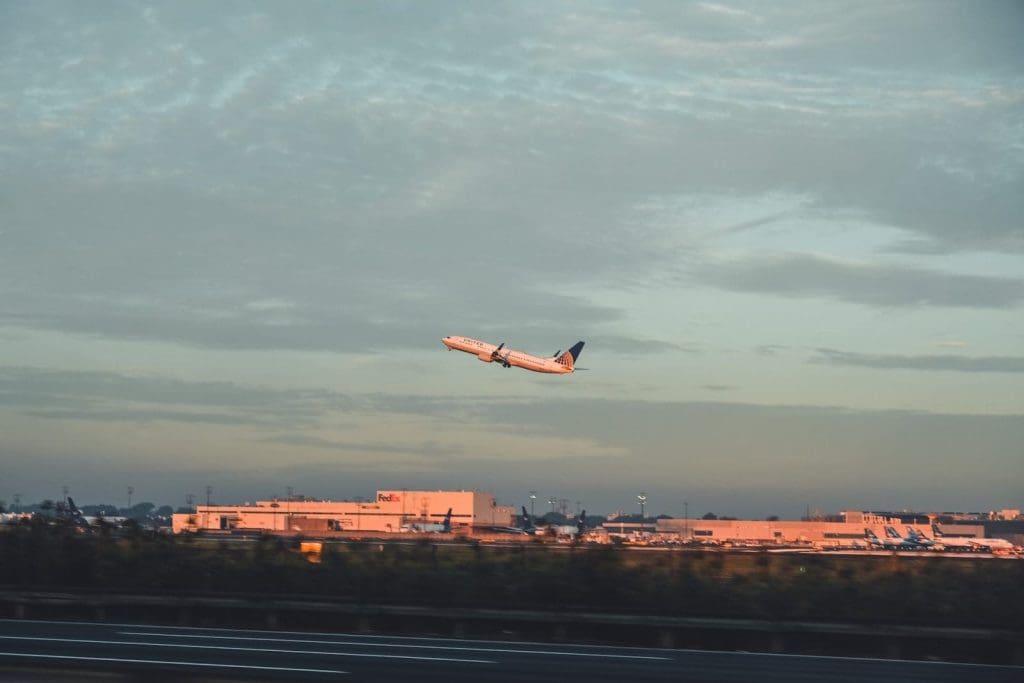A third air traffic control equipment failure in just over two weeks at Newark Liberty International Airport has cast renewed attention on aging infrastructure and staffing shortages within the broader U.S. aviation system.
Operations at the airport were temporarily halted again Sunday morning after radar and communication systems once again went offline. The disruption echoed similar incidents on April 28 and May 9, each involving a failure at the Philadelphia-based terminal radar approach control center (TRACON), which oversees Newark’s airspace.
The repeated outages come amid a backdrop of systemic strain. Newark’s operations have been challenged by a runway repaving project that began in April and the relocation of air traffic control responsibilities to Philadelphia last year. Despite these factors, the Port Authority reported record traffic across its three major airports in 2024.
April’s breakdown left controllers unable to communicate with pilots or view radar feeds for 90 seconds. The issue was traced to outdated copper telecommunications lines and a failed radar relay. The response was intense—including a two-hour airport closure, more than 150 canceled flights and widespread delays.
United Airlines reduced its daily schedule by 35 flights on May 2. Days later, state and federal officials demanded emergency measures to address controller shortages and modernize technology. United Airlines is EWR’s largest carrier.
By May 7, the Federal Aviation Administration pledged to add staff and upgrade equipment. Planned improvements include new high-bandwidth data lines, fiber optic telecom replacements and a temporary backup system for Philadelphia’s TRACON.
The following day, the White House introduced a nationwide overhaul plan. It proposes rebuilding 15 control towers and TRACON centers, constructing six new coordination hubs, and replacing thousands of legacy systems. The initiative, supported by industry stakeholders, awaits congressional approval and has no set cost.
Despite reassurances from federal officials and airline executives, another outage occurred May 9, again knocking out radar visibility for 90 seconds. A third incident followed on May 11, prompting a 45-minute ground stop at EWR.
Transportation Secretary Sean Duffy and United Airlines CEO Scott Kirby defended the safety of flying, citing pilot training and system redundancies. Both acknowledged the urgency of infrastructure reform.
Duffy said the system is operating on outdated technology. He indicated that the challenges facing EWR could soon become relevant at other airports nationwide.
The New Jersey Digest is a new jersey magazine that has chronicled daily life in the Garden State for over 10 years.
- Staffhttps://thedigestonline.com/author/thedigeststaff/
- Staffhttps://thedigestonline.com/author/thedigeststaff/
- Staffhttps://thedigestonline.com/author/thedigeststaff/
- Staffhttps://thedigestonline.com/author/thedigeststaff/


